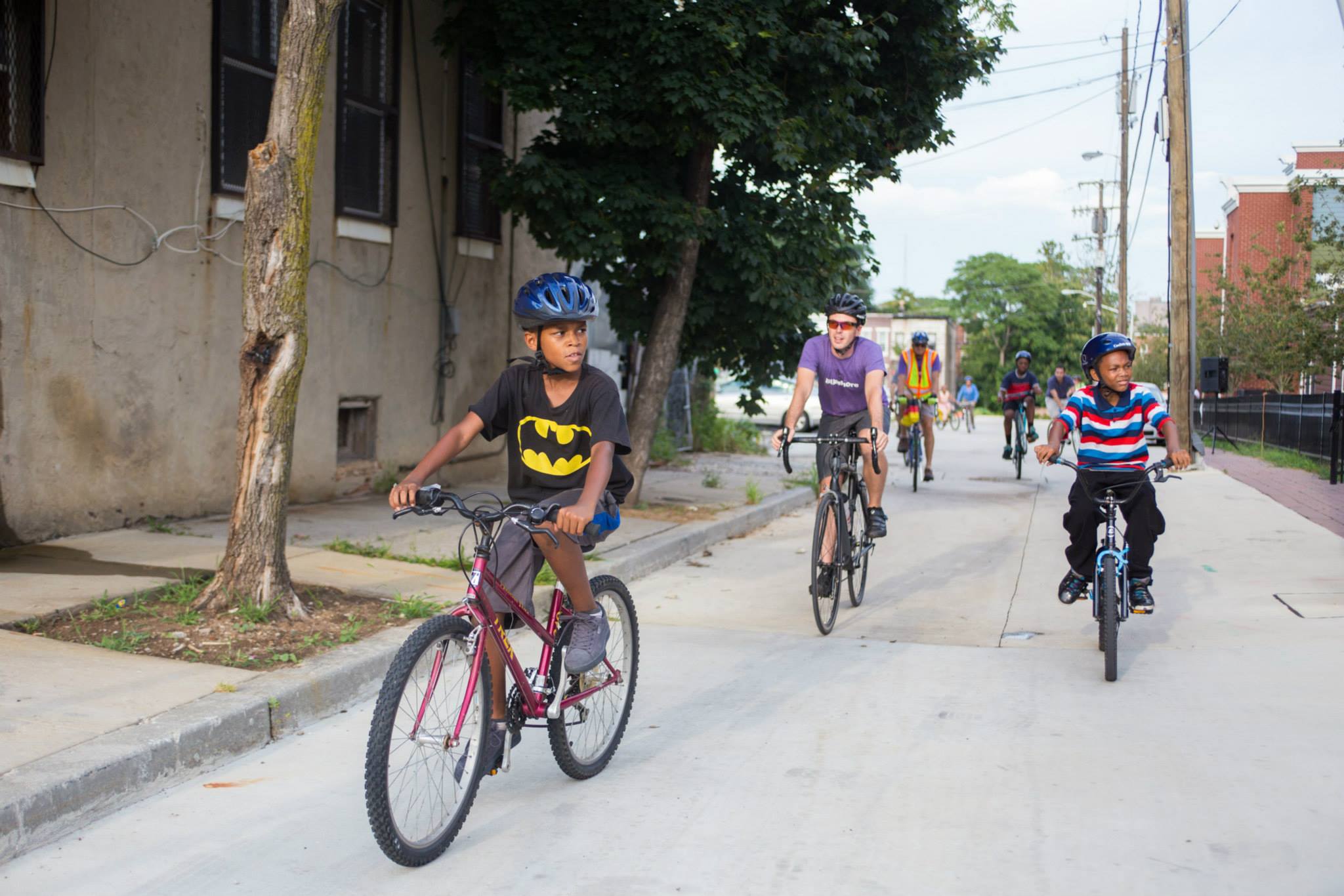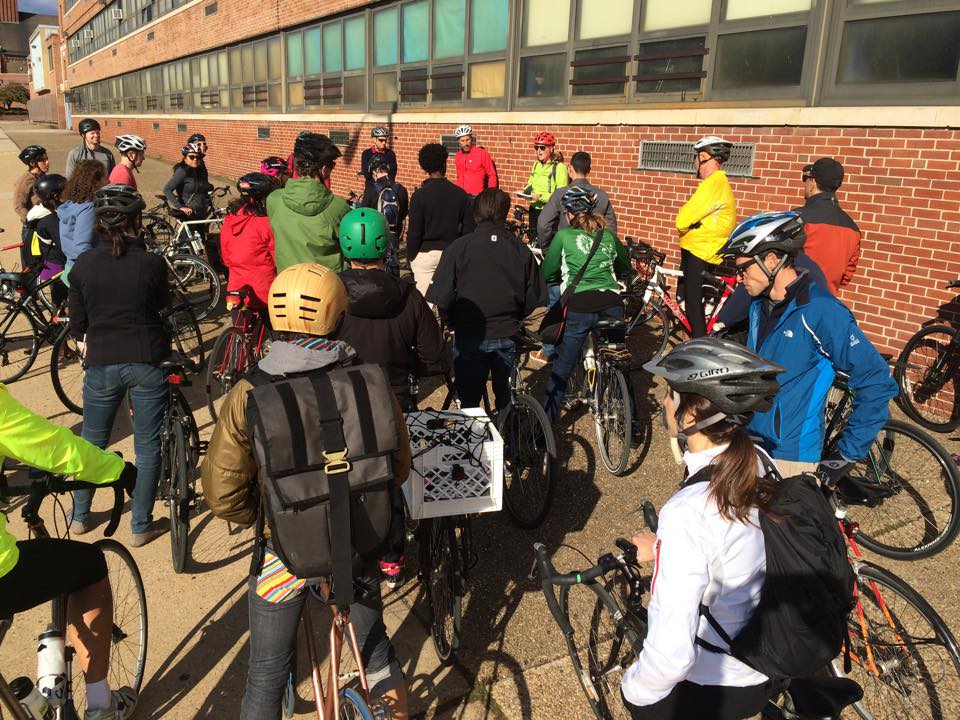Bikemore Executive Director Liz Cornish, Councilman Leon Pinkett, Councilman Ryan Dorsey, and MBAC Chair Jon Laria testifying at Planning Commission.
A month ago, Baltimore City Department of Transportation released a FY2020-2025 Capital Improvement Program that totally eliminated the line item for bicycle infrastructure for all six years.
Three weeks ago, we testified at the Planning Commission alongside Councilman Dorsey, Councilman Pinkett, and Mayor's Bicycle Advisory Commission Chair Jon Laria about this disparity, and members of the Planning Commission suggested BCDOT come back with a budget that reflects the adopted plan.
Yesterday BCDOT did the opposite, by presenting a plan to the Mayor's Bicycle Advisory Commission to build only about six miles of infrastructure by 2025.
BCDOTs revised CIP at a meeting yesterday. The 12.7 miles listed are “lane miles” not road miles, which means DOT is counting bike infrastructure in both directions on a street to inflate their numbers.
The Separated Lane Network Plan calls for building 77 road miles of infrastructure from 2018-2022, using $5 million in local dollars to match federal and state grants totaling about $27 million dollars over those five years.
BCDOT instead proposes building 6.35 road miles of infrastructure from 2020-2025, using just $3 million of local and federal dollars total. About 3 miles of this proposal are facilities that should have been built back in 2017.
If we’re being generous and count all 6.35 miles of infrastructure, BCDOT plans to ignore 92% of the plan they paid to develop and asked the Planning Commission to adopt. At the pace they propose, it will take over 70 years to implement the 5 year Separated Lane Network Plan.
After overwhelmingly negative feedback at the Mayor’s Bicycle Advisory Commission yesterday, it’s possible BCDOT will again revise their CIP request for today’s Planning Commission hearing.
But here’s where we’re at right now:
A BCDOT budget that blatantly ignores adopted city plans
A bicycle program over 20 miles behind schedule and a clear plan to fall further behind
Constant threats to downgrade and remove existing bike infrastructure
A missed deadline on the very first Complete Streets Ordinance update
A mass departure of talented BCDOT staff
Rising injury and death on our roadways
Even if the CIP is revised to show everything we want on paper, how can the Director be trusted to faithfully implement it, given these past two presentations, where we were told there was no capacity or intent to do that very implementation? How can we trust this agency to act in good faith when all the signs listed above prove they’re failing on nearly every front?
Baltimore City Department of Transportation will present their revised CIP at 3:00PM today, with public comment to follow. We plan to be there to highlight our concerns, and welcome citizens to join us.
Baltimore City DOT CIP Follow-Up | 417 E. Fayette Street, 8th Floor | 3:00PM until comments conclude
If you can’t join us, you’re also welcome to send an email expressing your concerns and the meaningful affect of bicycle infrastructure on your choice to live, work, and play in Baltimore to the Planning Department for inclusion in the Commission file (deptofplanning@baltimorecity.gov) and BCDOT Director Pourciau (michelle.pourciau@baltimorecity.gov).


























